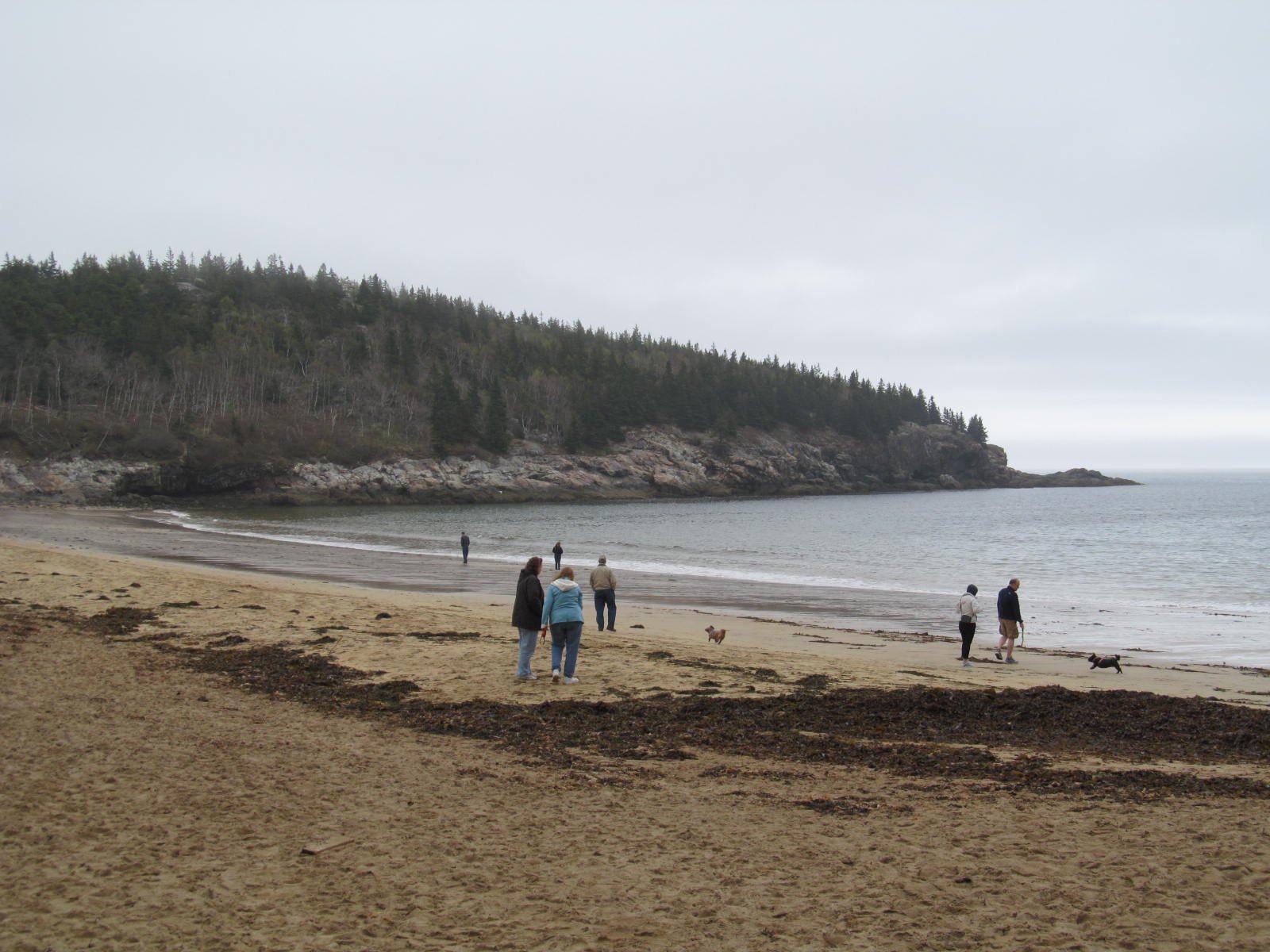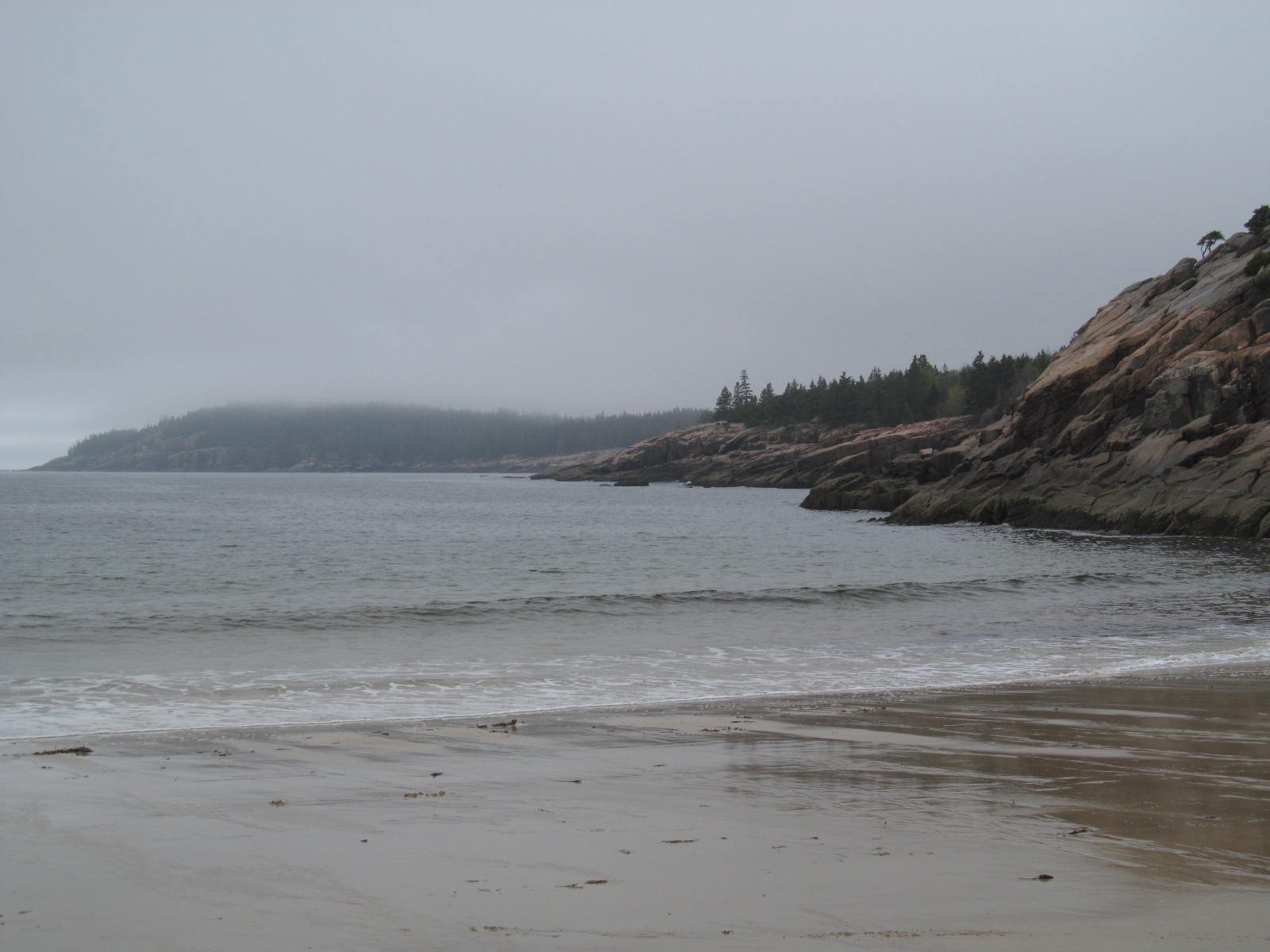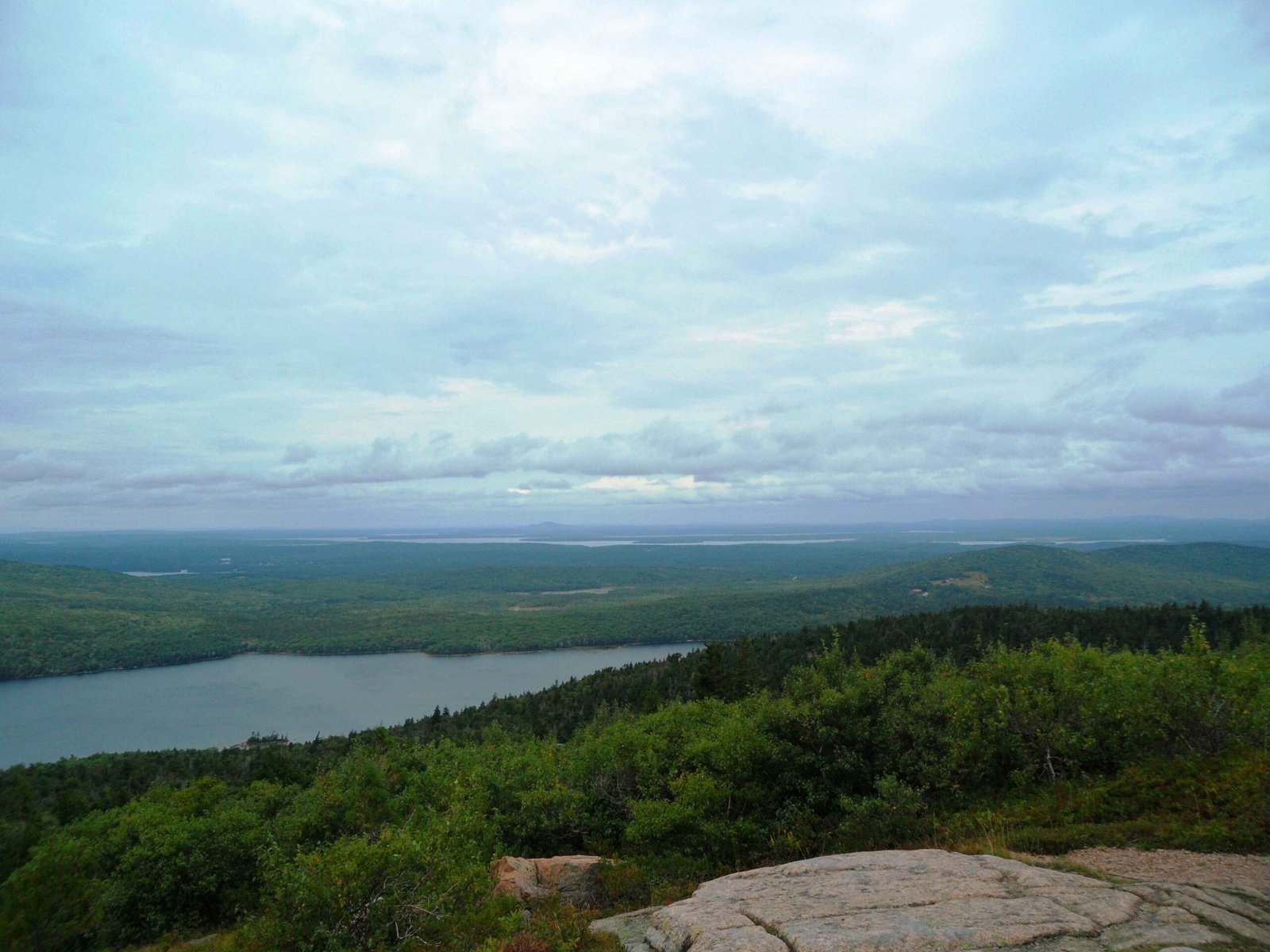Moose do not have an established population in Acadia National Park. Despite the park’s diverse wildlife, moose sightings are extremely rare. The park’s geography and habitat are not conducive to supporting a large moose population. Occasional sightings usually involve transient moose that have wandered onto Mount Desert Island. This article explores the reasons behind the absence of moose in Acadia and provides insights into wildlife viewing opportunities in the park.
Why Are There No Moose in Acadia National Park?

The absence of moose in Acadia National Park can be attributed to several factors:
- Unsuitable Habitat: Acadia’s landscape doesn’t provide the extensive forestlands, young trees, and shrubs that moose prefer.
- Limited Space: Mount Desert Island’s size and geography restrict the potential for a stable moose population.
- Lack of Continuous Forested Areas: Moose require large, uninterrupted forest habitats, which are not available in Acadia.
- Absence of Preferred Vegetation: The park lacks the diverse mix of hardwoods and softwoods that moose typically feed on.
Where Can Visitors See Moose Near Acadia?

While moose are not found in Acadia National Park, there are other locations in Maine where visitors can observe these majestic creatures:
- Katahdin Woods and Waters National Monument: Located further north, this area offers a more suitable habitat for moose.
- Baxter State Park: Known for its moose population, especially around Sandy Stream Pond.
- Moosehead Lake Region: As the name suggests, this area is famous for moose sightings.
What Wildlife Can Be Seen in Acadia National Park?
Although moose are not present, Acadia National Park is home to a diverse array of wildlife:
| Species | Best Viewing Locations | Peak Seasons |
|---|---|---|
| White-tailed Deer | Park Loop Road, Sieur de Monts | Year-round |
| Harbor Seals | Schoodic Point, Sand Beach | Spring and Summer |
| Peregrine Falcons | Precipice Trail, Jordan Cliffs | Spring and Summer |
| Beavers | Witch Hole Pond, The Tarn | Year-round |
| Red Foxes | Seawall, Schoodic Peninsula | Year-round |
How Can Visitors Maximize Their Wildlife Viewing Experience in Acadia?
To increase your chances of spotting wildlife in Acadia National Park:
- Visit during dawn or dusk when animals are most active.
- Explore less crowded areas of the park.
- Bring binoculars for better viewing from a distance.
- Stay quiet and patient while observing.
- Respect wildlife by maintaining a safe distance.
What Are the Best Hiking Trails for Wildlife Observation in Acadia?
Several trails in Acadia offer excellent opportunities for wildlife viewing:
- Ocean Path: A 4-mile trail with chances to spot seabirds and marine life.
- Jordan Pond Path: A 3.3-mile loop around Jordan Pond, home to various bird species.
- Wonderland Trail: A 1.4-mile easy trail known for tidepools and shorebirds.
- Jesup Path: A 1.5-mile boardwalk trail through wetlands, ideal for bird watching.
Are There Any Guided Wildlife Tours in Acadia National Park?
Yes, Acadia National Park offers several guided wildlife tours:
- Park Ranger-led Programs: Free programs focusing on various aspects of park wildlife.
- Acadia Nature Cruises: Boat tours offering views of coastal wildlife, including seals and seabirds.
- Night Sky Programs: Opportunities to learn about nocturnal animals in the park.
What Safety Precautions Should Visitors Take When Observing Wildlife in Acadia?
When observing wildlife in Acadia National Park, follow these safety guidelines:
- Maintain a safe distance from all animals.
- Do not feed or approach wildlife.
- Use designated trails and viewing areas.
- Carry bear spray as a precaution (although bear sightings are rare).
- Follow park regulations and ranger instructions.
How Does the Absence of Moose Impact Acadia’s Ecosystem?
The absence of moose in Acadia National Park has several ecological implications:
- Vegetation Management: Without moose browsing, park managers must use other methods to control vegetation growth.
- Predator-Prey Dynamics: The lack of large herbivores affects the population of predators like coyotes.
- Forest Composition: The absence of moose browsing allows for different patterns of forest growth and succession.
- Nutrient Cycling: Moose play a role in nutrient cycling through their feeding and waste, which is absent in Acadia.
While moose do not live in Acadia National Park, the park’s unique ecosystem supports a diverse array of other wildlife. Visitors can enjoy observing various species in their natural habitats while exploring the park’s stunning landscapes. By understanding the reasons behind the absence of moose and appreciating the wildlife that does thrive in Acadia, visitors can have a rich and rewarding nature experience.
References:
1. Moose and Bear in Acadia? It’s less likely than you think. – U.S. National Park Service
2. Are There Moose in Acadia National Park? – Maine Terrain
3. Moose: Mammals: Species Information: Wildlife – Maine.gov

